By Maya Sitaram
The traditional Dasara being celebrated this year pays homage to the Wadiyar kings, who have played a pivotal role in many aspects of Mysore’s history, including the Dasara celebrations. Apart from Raja Wadiyar I, who initiated the Dasara celebrations in 1610, Krishna Raja Wadiyar III (Mummadi) and IV (Nalwadi) also deserve credit.
Mummadi resumed the Wadiyar lineage’s rule of Mysore after a gap of nearly 40 years and relocated the capital from Srirangapatna to Mysuru. His reign saw the introduction of the special Durbar.
What’s intriguing is that both Mummadi and Nalwadi ascended the throne at the tender ages of five and ten, respectively. It’s important to remember the significant role played by the women in their lives: Lakshmammani Devi, Mummadi’s grandmother, and Kempananjammanni Devi, Nalwadi’s mother. These remarkable women were instrumental in supporting and enabling many remarkable feats, deserving admiration and recognition, especially during Dasara.
Delving into history, we uncover fascinating facts about these queens, despite their separation by a century. Lakshmammani Devi acted as the Regent of Mysore from 1799 to 1810, a role that was thrust upon her after her husband Krishna Raja Wadiyar II (Immadi) passed away in 1766.
From 1766 to 1796, the designated Rajas were Nanjaraja Wadiyar (1766-1770), Chamaraja Wadiyar VIII (1770-1776), and Chamaraja Wadiyar IX (1776-1796), but Hyder Ali and Tippu Sultan held power. Chamaraja Wadiyar IX’s son was Mummadi and Lakshmammani Devi adopted him. She was 57 years old, and Mummadi was just five when she became the Regent.
Kempananjammanni Devi was crowned queen Regent between 1895 and 1902 after her husband, Chamarajendra Wadiyar X, tragically died. She was 28 years old, while her son Nalwadi was ten. Both women held their positions, with Lakshmammani Devi serving for eleven years and Kempananjammani Devi for nearly eight, displaying determination and resilience.
These were women of substance who not only held the fort but also achieved commendable work that should be etched in golden letters in the annals of Indian history.
Lakshmammani Devi
She was born in 1742 to Kathi Gopalraj Urs of the Mysore royal clan. She married Krishnaraja Wadiyar II in 1759. History tells us that Devajammani, her mother-in-law, chose her as a bride, seeking a promise from her to restore the lost royal power due to her strong mind and capable intellect.
Lakshmammani Devi employed various strategies to regain the kingdom, including alliances with other warrior groups and reaching out to the Marathas for military aid. She also negotiated with the East India Company Governors, signing a formal treaty in 1782 that had several notable clauses.
She worked tirelessly to reclaim the throne, and her efforts bore fruit when, after the death of Tipu, the kingdom was returned to the Wadiyars, and five-year-old Mummadi ascended the throne.
Lakshmammani Devi’s relentless efforts culminated in the restoration of the kingdom and her intellect and strength were indispensable. She fought with tenacity, negotiating and strategising, even when faced with repeated failures. Her determination paid off and Mysore’s history would have been markedly different without her influence.
During Mummadi’s reign, the capital was shifted from Srirangapatna to Mysore, and Dasara festivities gained more grandeur. The special durbar for Europeans became a customary feature after the Rendition Act in 1881, allowing direct participation by the common masses.
Mummadi turned 16 in 1810, and sadly, in the same year, Lakshmammani Devi passed away at the age of 68. For 44 years, from 1766 to 1810, she was the queen mother who successfully reclaimed the throne for the Wadiyars, leaving an indelible mark on the history of Mysuru.
Kempananjammani Devi
Kempananjammani Devi was born in the village of Kalale near Mysore in 1866. She was 28 when her husband, Chamarajendra Wadiyar X, passed away at the age of 31 in 1894, and her ten-year-old son, Nalwadi, was named his successor on December 30, 1894.
Kempananjammanni Devi became the Regent, and she was honoured with the title of CI (Crown of India), along with the privilege of a 19-gun salute and the title of Maharani Vani Vilasa Sannidhana by the British Government.
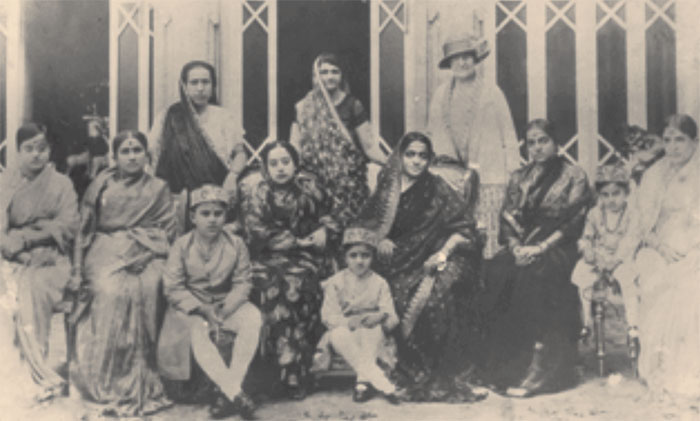
She immediately set up a council to assist the Dewan and received praise for her intelligence, business acumen, problem-solving abilities and commitment to the country’s welfare. Despite personal sorrow and loss, she focused on promoting the country’s best interests.
In February 1897, the Palace was destroyed by a fire and Vani Vilasa Sannidhana commissioned architect Henry Irwin to rebuild it, a project completed in 1912. In 1902, she stepped back from her role as her son turned 18, but he continued to consult her on official matters. Nalwadi’s reign is considered a golden era, and Vani Vilasa Sannidhana is credited with raising a son known as the Rajarishi (royal sage).
The Viceroy of India, Lord Curzon, commended her at the end of her Regency for setting an example of ‘public and domestic virtue.’ She is celebrated as a noble lady whose name deserves a place among India’s best and greatest women.
Her contributions to girls’ education, the establishment of girls’ colleges, hospitals, waterworks and more reflect her commitment to social welfare. After a brief illness, she passed away on the midnight of July 7, 1934, at the age of 68.



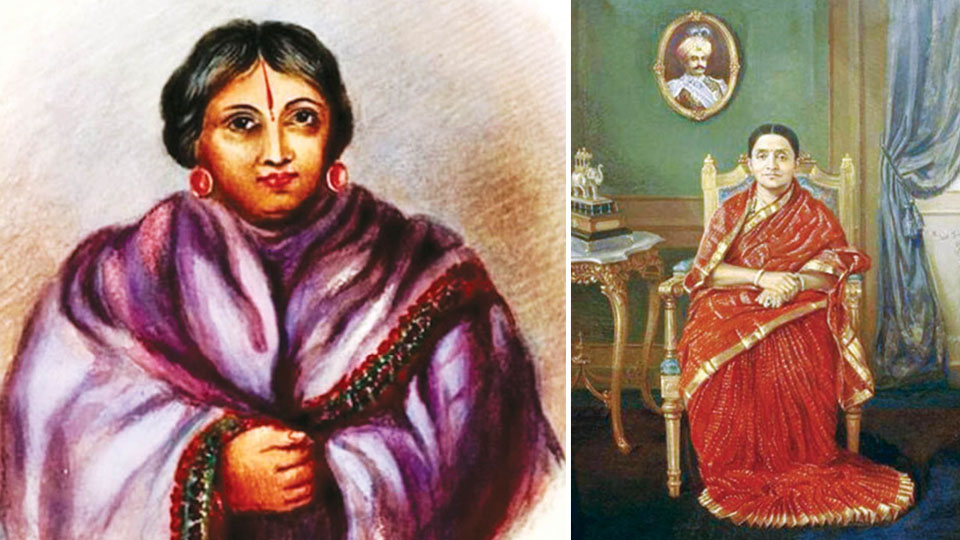

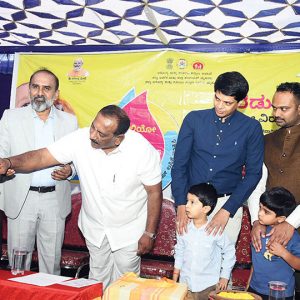
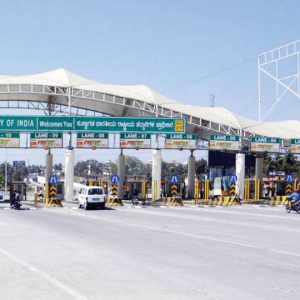
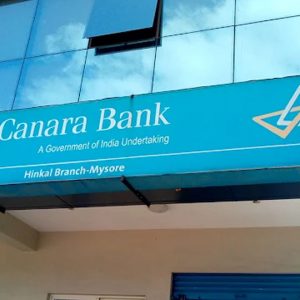
Recent Comments